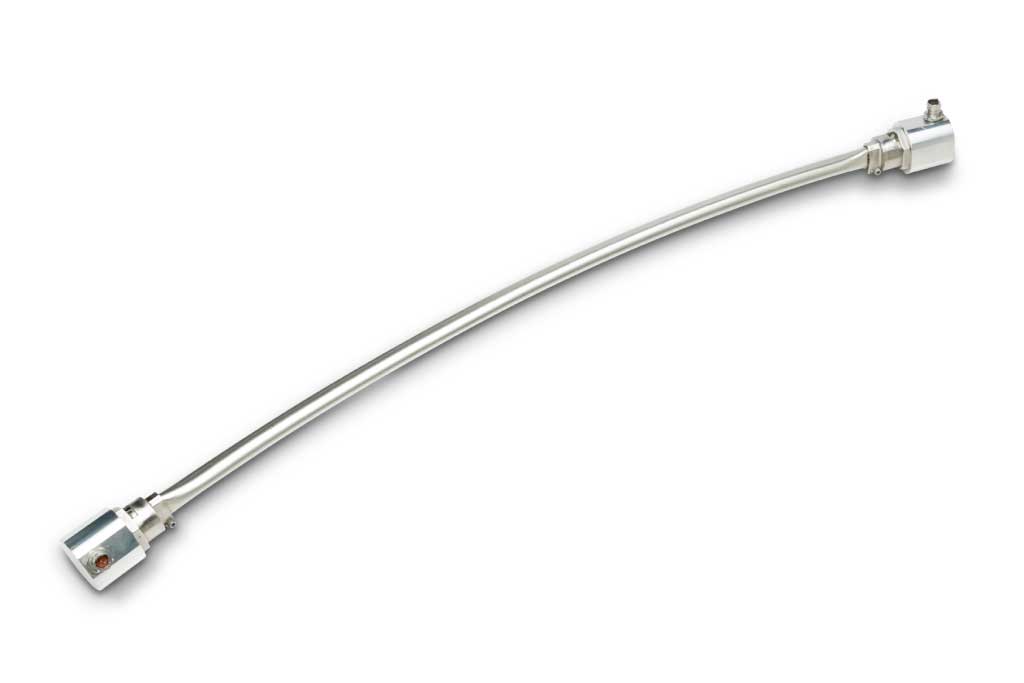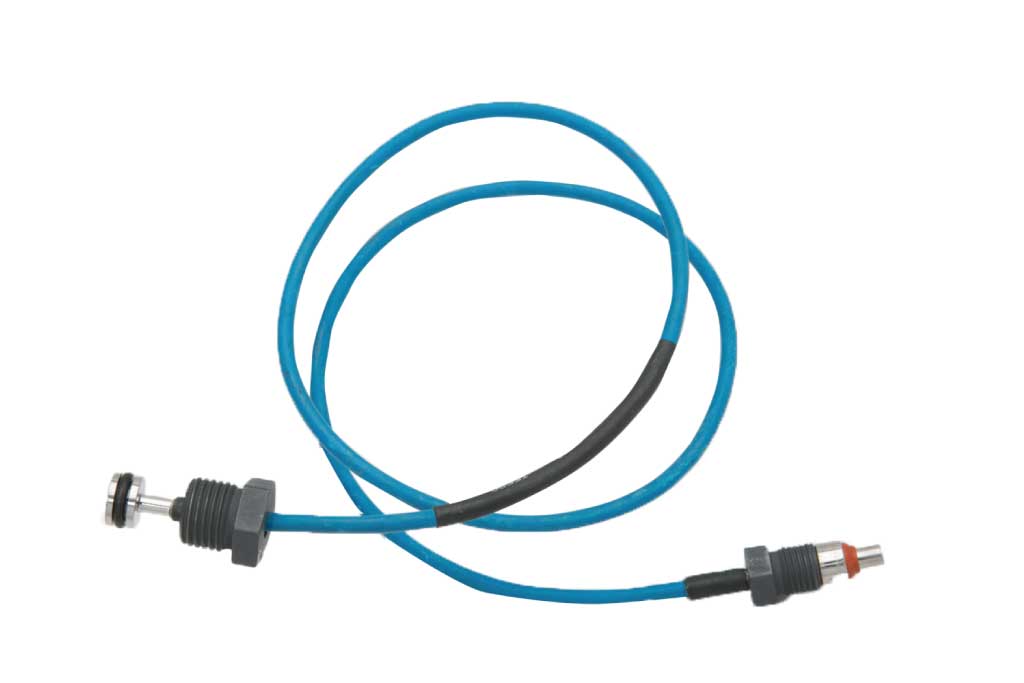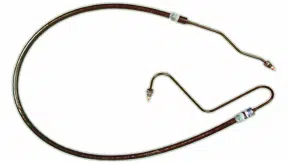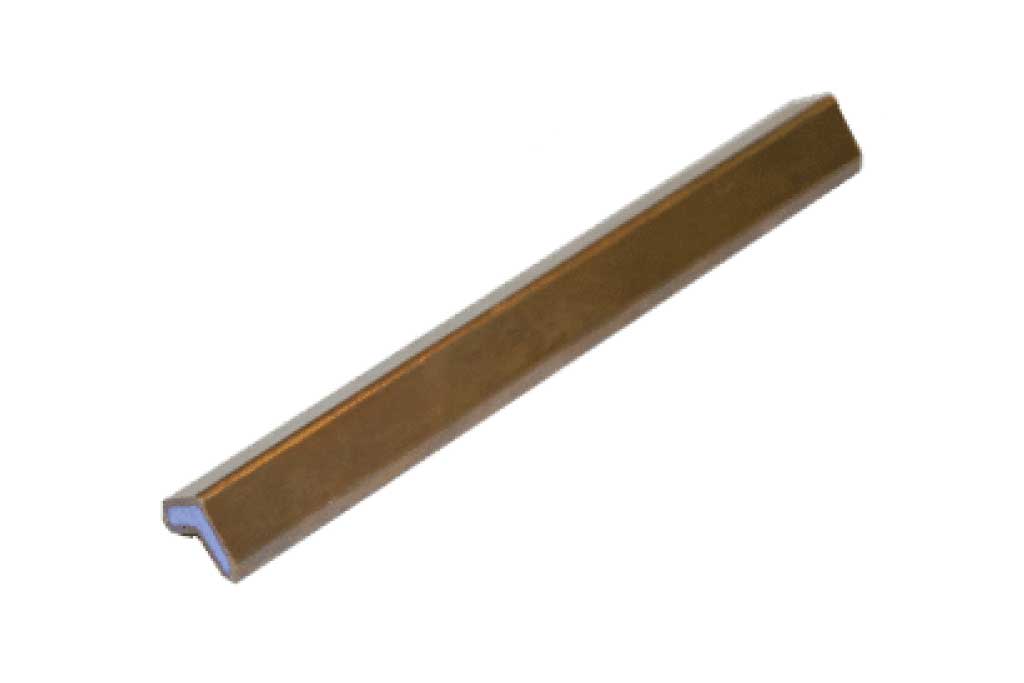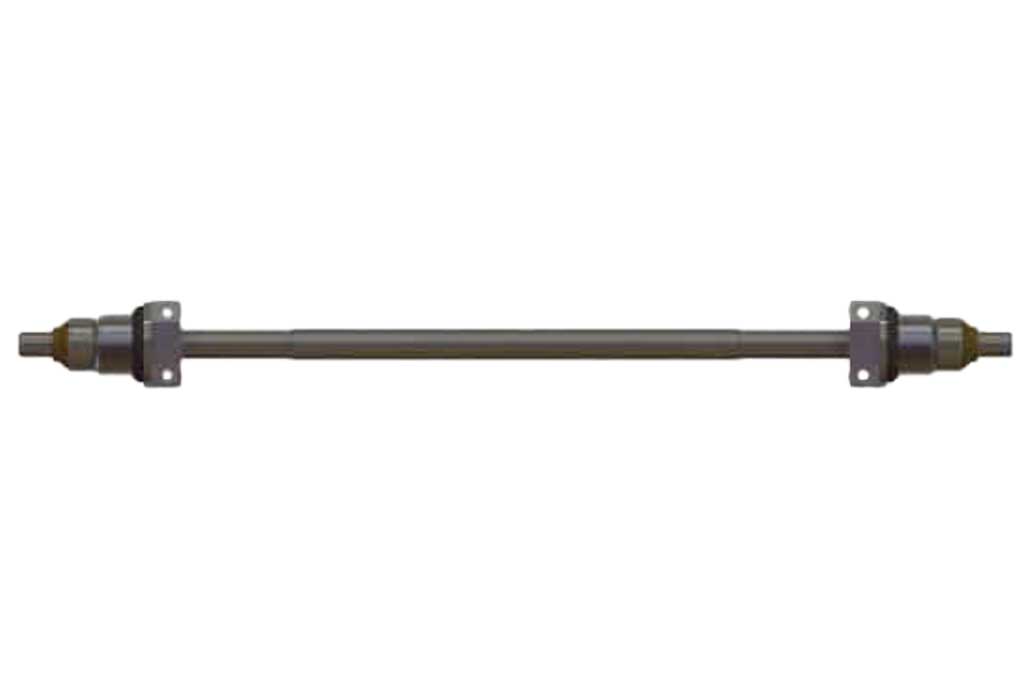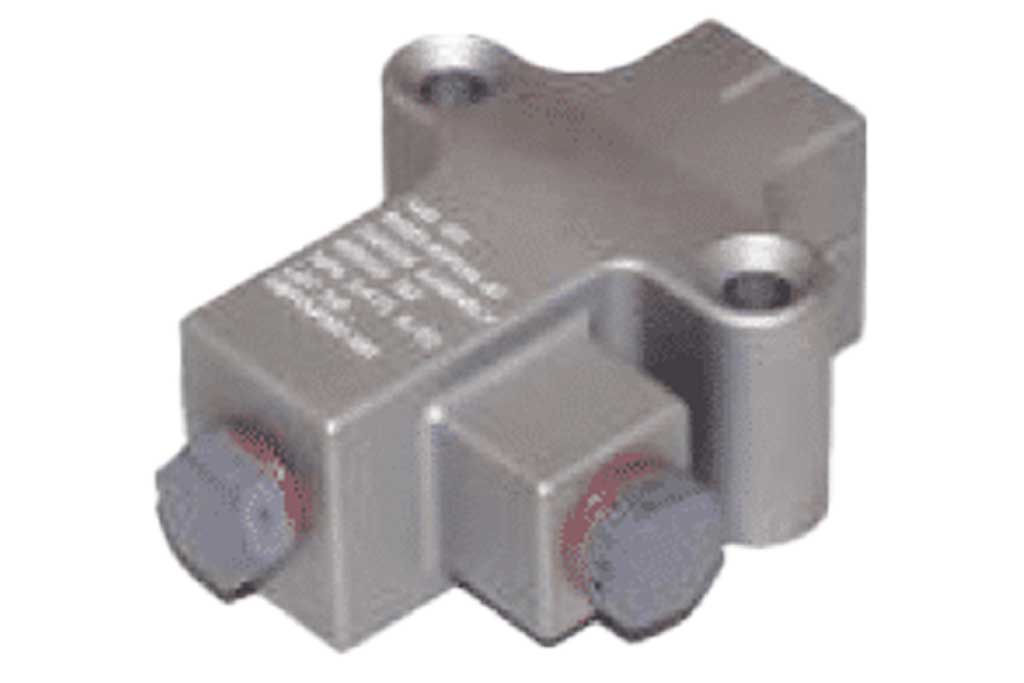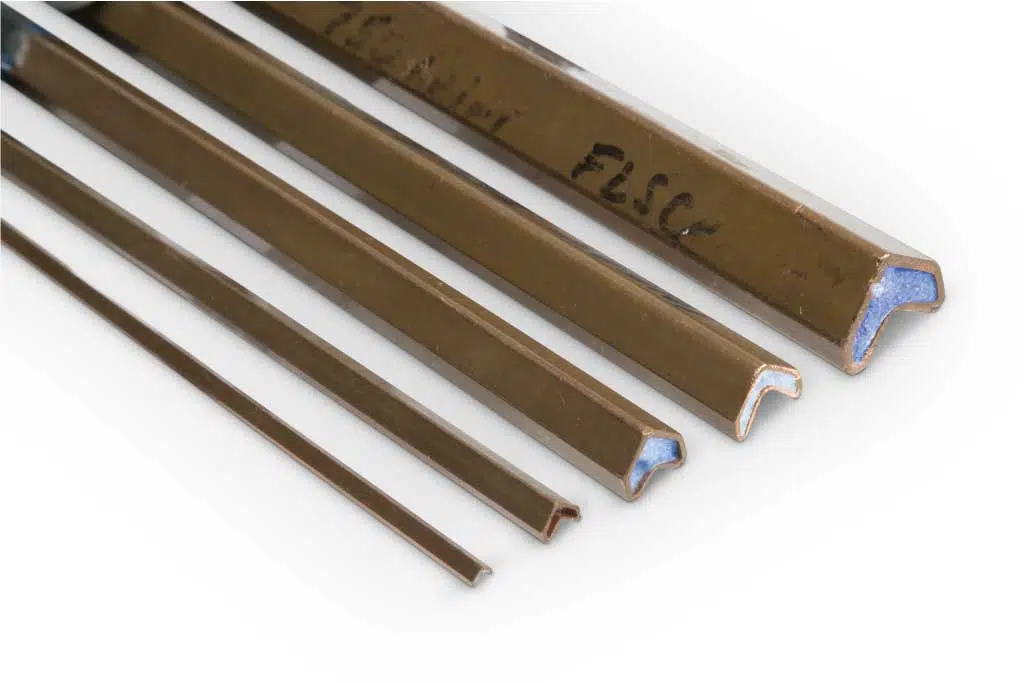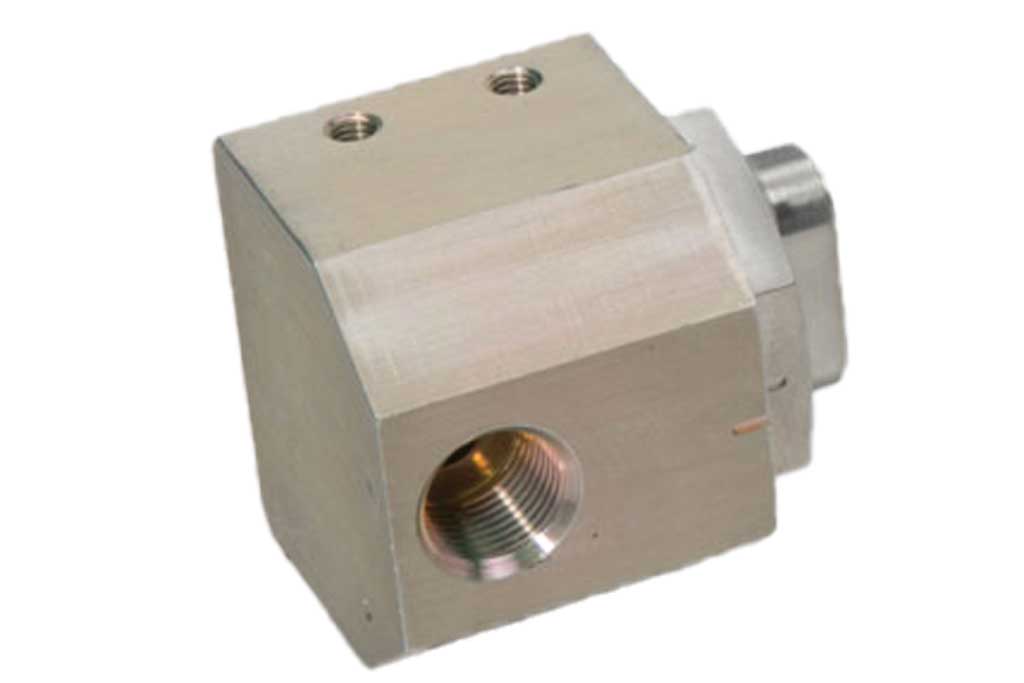Linear Explosives
Linear explosives are lines of energetic material encased in a material, which when detonated create a uniform linear cutting action.
We have embraced our global leadership role to progressively replace our lead-sheathed linear explosives with environmentally conscious materials. We’re dedicated to sustainability business practices while still providing the most effective linear explosives to withstand high temperatures and provide the high performance that thousands of customers have come to rely on.
